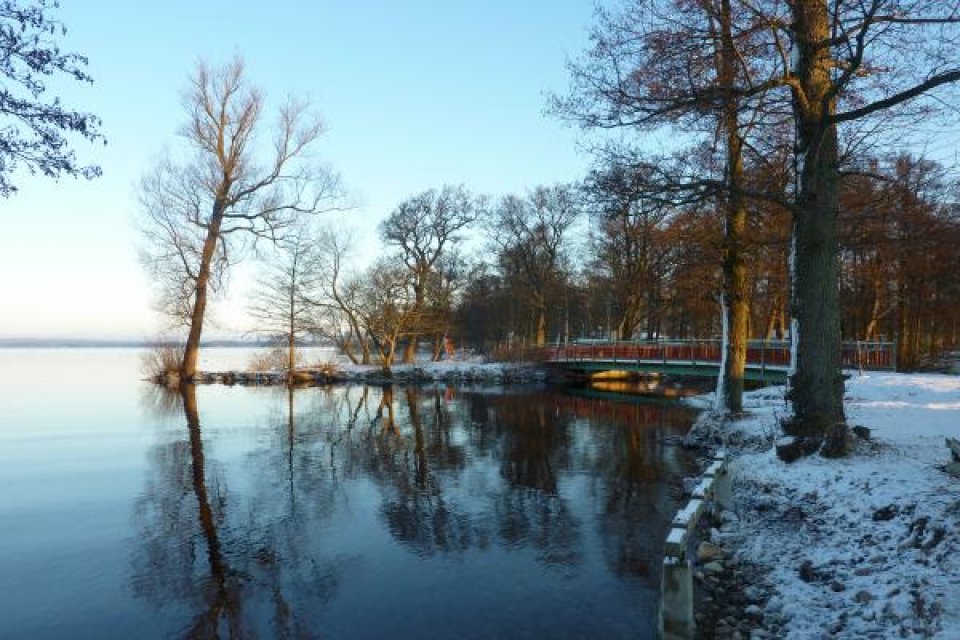
Rönne å catchment area is a river watershed located in Southern Sweden and includes lakes (e.g. Ringsjön), rivers (Rönne å) and marine coastal areas (Kattegatt). Institutional and governance challenges are a particular issue in the Rönne catchment, site of Case Study 6. When implementing the WFD, Sweden introduced water councils in the catchments. However, the legal role / structure of water councils differs between catchments. Whereas in a neighbouring catchment (KRC), cooperation between the municipalities and councils was settled with a contract, this is lacking for the Rönne Å catchment. Additionally, water council participants (the most local institution for the WFD) often lack a legal mandate to foster decisions and restoration activities, which limits decisions and implementation. To combat these issues, there are discussions and conflicting opinions if two water councils in the catchment should potentially merge: RRC - Rönne Å River Council and the council for Lake Ringsjön. This might extend the comparatively strong restoration activities around the lake to the whole catchment where those activities where less prominent in the past.
Rönne å catchment area is a river watershed located in Southern Sweden and includes lakes (e.g. Ringsjön), rivers (Rönne å) and marine coastal areas (Kattegatt). The AQUACROSS Case Study looks at the process of eutrophication and restoration of good water quality and their implications for the provision of ecosystem services along the Rönne å catchment.
Our research was co-designed with stakeholders, decision makers, civil servants and practitioners in three workshops and eight follow-up interviews, and complemented stylised social-ecological modelling. We used the AQUCROSS Assessment Framework alongside insights from resilience thinking to focus on the social aspects of policymaking and implementation – particularly the governance-related resilience principles and processes of change. We used these to develop future scenarios that explore two perspectives along which decision making in water governance could develop differently from the expected baseline: a) by changing the time horizon of restoration effects, and b) by changing the geographical space and institutions involved in collaboration on managing the lake.
We qualitatively evaluated the scenarios using the resilience principles and a stylised social-ecological model that simulates social time lags and their effect on lake restoration and resulting ecosystem services. Our analysis shows: 1) consideration of the time lags between management actions and an improvement in the ecosystem can lead to stronger reinforcing feedbacks and larger improvements; and 2) an increase in the geographical and institutional scale of management allows more collaboration between water councils and across different sectors, though the final outcome would depend on which ecosystem service trade-offs are explicitly considered.
This project is a Case Study under the Horizon 2020 project AQUACROSS, which builds on work undertaken in the previous pillars to develop concepts, practices and tools for better implementation of Ecosystem Based Management. This includes identifying and understanding the linkages between aquatic ecosystems and human well-being and identifying innovative management responses for aquatic ecosystems.
As part of the Horizon 2020 AQUACROSS project, this Case Study applied Resilience thinking to identify feedback processes and interactions between society and the ecosystem that determine long-term outcomes of lake restoration. There is a need to consider time lags and different dynamics within the system, as well as how the social aspects interact with the ecological aspects. Collaboration is necessary between different levels of water governance, and across different sectors and geographical regions in order to reach the full potential for managing eutrophication in the catchment.
For further information about the project: aquacross@ecologic.eu
Case Study contact: Romina Martin | Stockholm Resilience Centre, Stockholm University | romina.martin@su.se
